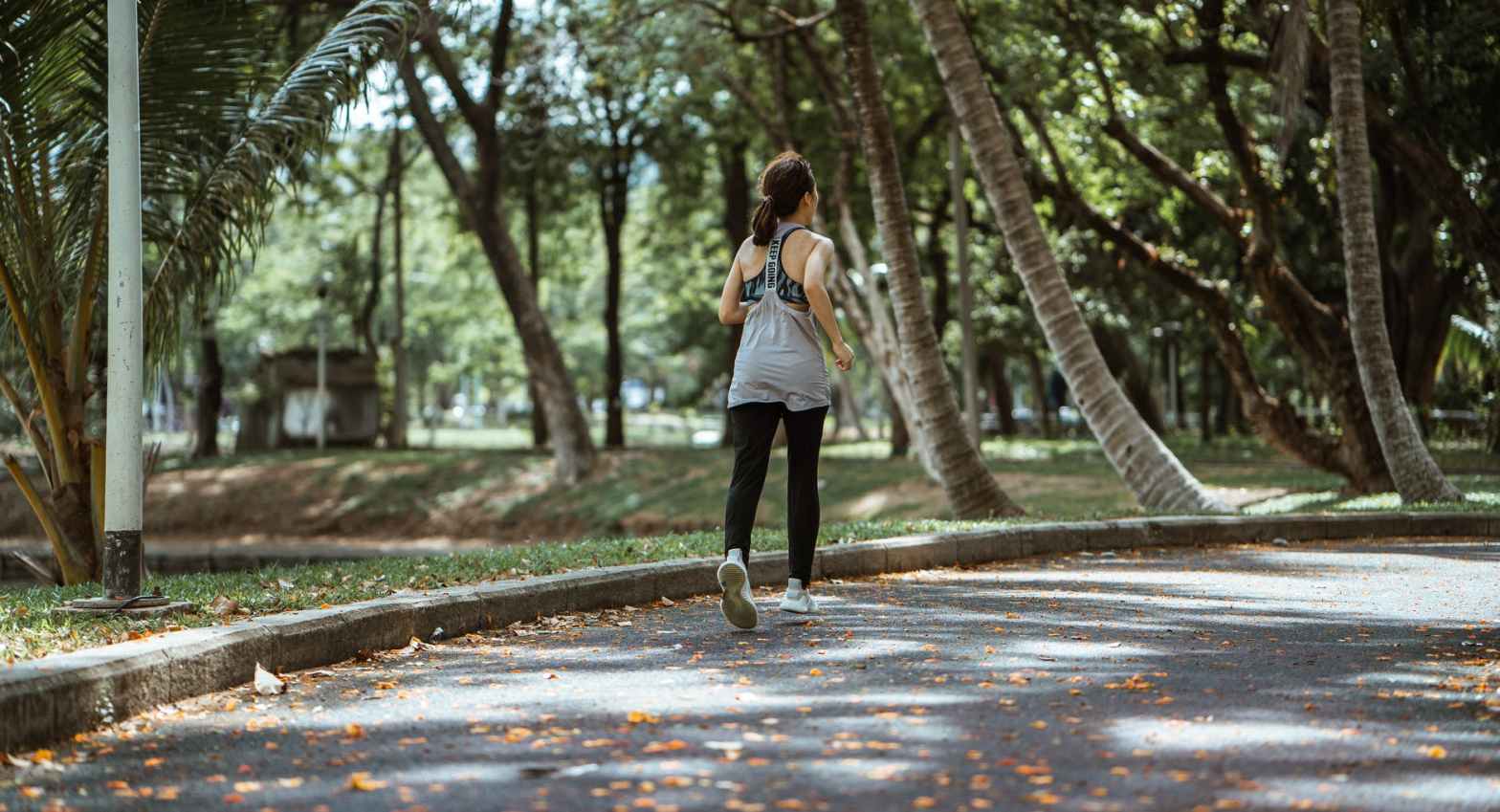Have you been feeling stuck lately? Feeling unmotivated or uninspired? It’s actually perfectly normal to feel this way from time to time. We can’t always function at 100%, have an abundance of enthusiasm, a constant flow of creative ideas, or an unwavering work ethic. When the momentum of the New Year starts to fade and you feel yourself questioning the goals you set out to reach in the first place, that’s when it becomes the most important time to recognize where you are, re-evaluate your mindset, and align your actions so that you can get back on track.
It all comes down to mindset. All of our daily thoughts hold incredible power- what you allow yourself to think, overtime your mind believes, and it then becomes your reality. Think about the concept of visualization or manifesting. Lots of people use this technique to bring about the belief that reaching a certain goal is real and possible. By repeatedly visualizing yourself reaching your dream goal, your mind actually begins to accept the idea and truly believes it. Now, this may sound like an easy way to simply sit back, relax, and manifest your dreams into reality, but there is a catch….You can manifest all you want, but if you aren’t taking action then you’re not going to create those opportunities that will bring you closer to your goal.
And it doesn’t help that we tend to doubt ourselves and our abilities to reach our biggest goals. In fact, our brain doesn’t even want us to be happy. Yes, you read that right. The evolutionary process that helped shape our brains functioned on the basis of survival: Fight, flight, or freeze. The reason why the human race has thrived and evolved this far is because our ancestors had to constantly be on guard for potential threats, on the lookout for danger, and always expecting the potential of harm. Our brain is wired to expect that something might go wrong, and for our ancestors this kind of thinking was protective, as it helped them stay away from potential threatening situations in order to survive.
But we don’t need this kind of negative thinking anymore. There’s no need for us to run away from predators or fight off a bear. Yet, we still tend to carry these negative-thinking mindsets well into this 21st century. Generally speaking, in the present day, the most of a threat we might have is to tackle a stack of unread emails, a public speaking presentation, or a job interview. Some people might associate the above examples with feeling chest tightness, a racing heartbeat, or just an overwhelming feeling of stress. I think it’s important to stop this stress response and threat-seeking mindset by reminding ourselves that, “it is okay! It is just a presentation/ or just an email!”. It will not harm us. Our mindset can get into the way of our success. We need to move out of the freeze response in order to overcome anxiety, fear, and procrastination.
How do you go about doing this?
Get clarity of what you really want. Break up your big, daunting goals into small, achievable tasks. You’ll be able to build confidence by successfully attaining your smaller goals, which promote happiness, making you more likely to stay motivated and finally reach your bigger overarching goal.
Target your anxiety with breath work. Start by closing your eyes, slowing down your breath, breathing into your diaphragm, and notice if you have any tightness in body….are your shoulders tight? Do you have tension in your neck? Are you clenching your jaw? Consciously aim to relax every part of your body, muscle by muscle, starting from the top and working your way down. Taking a few moments out of your day to practice this exercise can really impact your overall wellbeing and reduce feelings of stress. You might also want to experiment and try out other forms of breath work that might work best for you. For instance, taking 10 slow deep breaths when you feel anxious to allow your parasympathetic nervous system to kick in, and promote feelings of relaxation. Or perhaps you’d like to try box breathing, where you inhale for 4 seconds, hold it, then exhale for 5 seconds, and again hold it. After a few minutes of box breathing, just notice how you feel…I’m sure your emotions and anxiety levels will be in a much better place.
Appreciate the fact that our desire to attain success in our lives is often fuelled by either envy or inspiration. Both these feelings are totally fine and normal, and they actually stem from our evolutionary history of surviving. It’s in our human nature to strive for success, and seeing others become successful may trigger the momentum in forming our own path in achieving recognition, purpose, and advancement. If you find your desire to up your goals is fuelled by inspiration, keep using that positive energy to collaborate with others and empower yourself to achieve more. If you find you get jealous of other people’s successes, try to track what is triggering that envy, then recognize your own deeper desires. Understand that everyone has their own strengths and talents, and that you too can bring a unique approach to things. Build your inner confidence, appreciate yourself and others, and focus on incorporating your own unique strengths to push yourself further.
Embody who you want to be. Can you visualize how it will feel like to finally reach your goal? Imagine what your future self had to do in order to achieve that success? What do they act like on a day to day basis? How do they carry themselves? Take some time to think about the above, and then challenge yourself to fully embrace and act on your ideal future by forming daily habits in alignment with your goals. There’s evidence to show that by embodying who you want to be/where you want to be/what goal you want to achieve in the future, you begin to shift your present mindset.
Take breaks from your to-do list. If you do get side tracked or find yourself procrastinating, avoid shaming yourself for it. We all need mental breaks to recharge and rejuvenate. You might find that taking some time away from the busyness of life, perhaps by spending time in nature or removing yourself from technology for a little while, will help you come back to your goals with an improved focus and determination.
In the end, remember that while working to achieve your desires, everything should be in balance. Trust in yourself, in the universe, in God, and realize you are a perfect creation. You are born completely unique, with valuable strengths, talents, and skills. If you combine the power of your mind with physical action, it is quite likely you’ll achieve almost anything you set your mind to. When you have a strong mindset and clear thinking, putting your thoughts into action becomes easy. Aim to move from a place of stagnation to a form of action. Remember that you need to put in the work to get results. So go ahead and take that course, read that book, listen to advice, but also put everything you learn into action so that one day your dreams can become a reality.



















